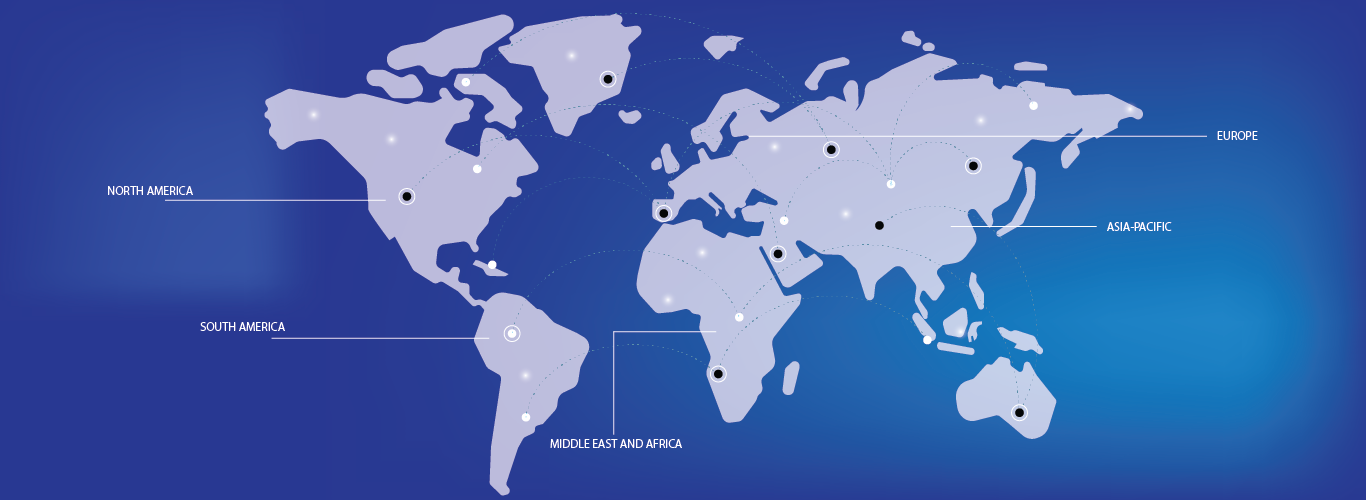- Medical Robots are critical tools across various surgical disciplines, including cardiology, neurology, orthopedics, and minimally invasive procedures. They enhance precision, reduce recovery time, and minimize surgical risks through robotic-assisted technologies such as da Vinci systems, robotic catheters, and autonomous navigation platforms
- The global demand for medical robots is significantly driven by rising surgical volumes, increasing preference for minimally invasive procedures, and a growing elderly population. The integration of AI and machine learning into robotic platforms is further enhancing their capabilities and boosting market adoption
- The Asia-Pacific region is emerging as one of the fastest-growing markets for Medical Robots, supported by expanding healthcare infrastructure, increasing healthcare expenditure, and a rising number of government initiatives promoting advanced medical technologies
- For instance, countries such as China, Japan, and South Korea are heavily investing in healthcare automation, with a notable increase in robotic-assisted surgeries and locally manufactured robotic systems tailored for regional needs
- Globally, medical robots are ranked among the top three most crucial technological investments in modern operating rooms, following surgical navigation systems and endoscopic devices. Their role in improving surgical outcomes and optimizing operating room efficiency continues to expand across developed and emerging economies




